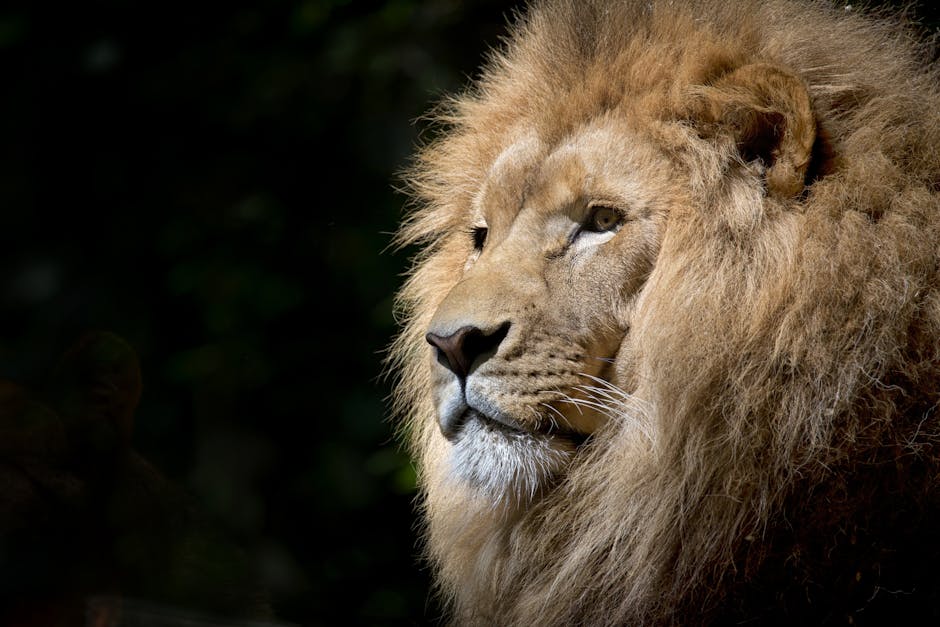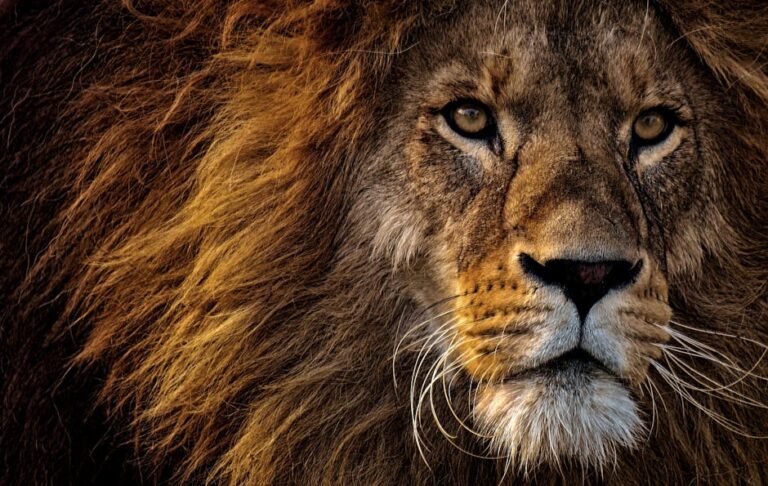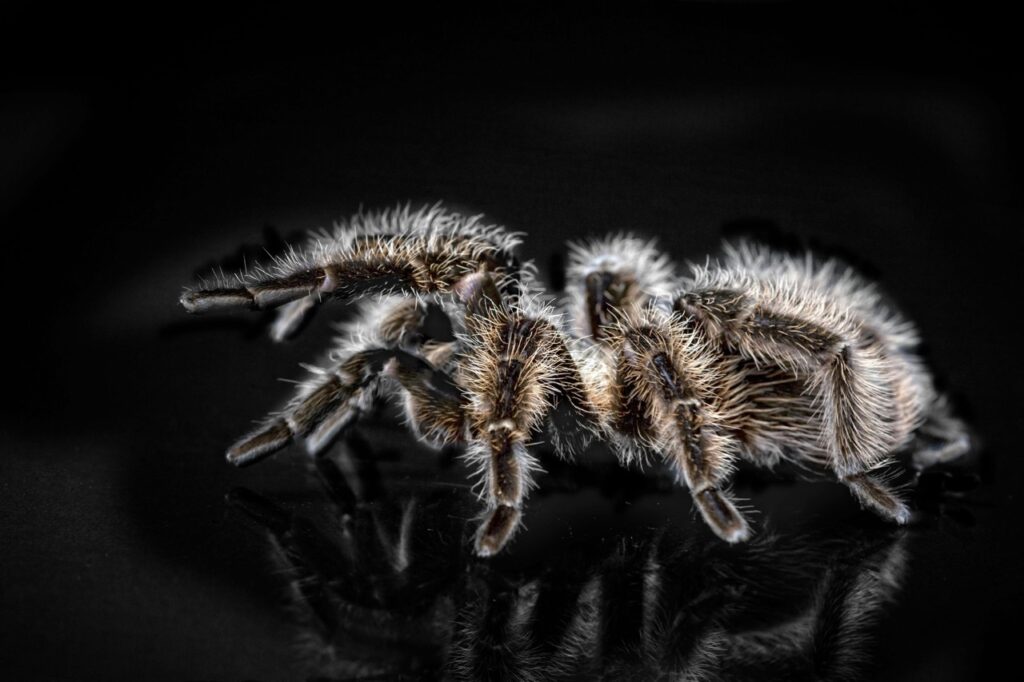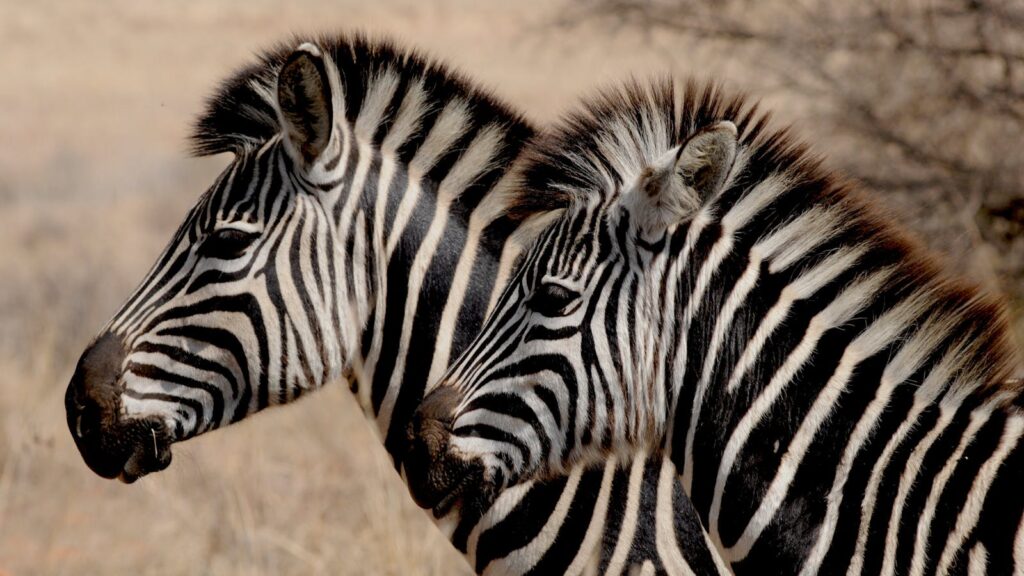Lions, the majestic rulers of the African savanna, have captivated our imaginations for centuries. Their powerful presence and strategic hunting techniques make them one of nature’s most formidable predators. But how do lions hunt and communicate in the wild? Let’s explore the fascinating world of lion, lion hunting and communication tactics behavior, and uncover the secrets behind their success as apex predators.
1. The Power of the Pride
Lions are unique among big cats for their social structure. They live and hunt in groups called prides, typically consisting of related females, their offspring, and a few adult males. This cooperative lifestyle is key to their hunting success and survival.
Teamwork Makes the Dream Work
When it comes to hunting, lions rely on teamwork. Females, being the primary hunters, often work together to bring down prey much larger than themselves. This collaborative approach allows them to tackle formidable opponents like wildebeest, zebras, and even young elephants.
2. Silent Stalkers
Despite their reputation as fierce roaring beasts, lions are actually stealthy hunters. They use the cover of darkness and their tawny coats to blend into the grass, approaching their prey silently.
The Art of Ambush
Lions excel at ambush hunting. They carefully position themselves downwind from their target, using their keen sense of smell to avoid detection. Once within striking distance, they burst from cover with explosive speed, reaching up to 50 mph in short bursts.
3. Division of Labor
Within a pride, different lions often take on specific roles during a hunt. This division of labor increases their chances of success.
Roles in the Hunt
- Stalkers: Approach the prey stealthily
- Blockers: Cut off escape routes
- Chasers: Drive prey towards other lions
- Catchers: Make the final takedown
4. Vocal Communication
While stealth is crucial for hunting, lions are also known for their impressive vocalizations. Their roars can be heard up to 5 miles away and serve multiple purposes in lion communication.
The Language of Roars
- Territorial claims
- Locating pride members
- Intimidating rivals
- Strengthening social bonds
5. Body Language
Lions use a variety of non-vocal cues to communicate within their pride and with other animals.
Silent Signals
- Tail movements: A twitching tail can indicate irritation or an impending attack
- Facial expressions: Bared teeth and flattened ears signal aggression
- Scent marking: Rubbing against objects to leave their scent and mark territory
6. The Role of Scent

Smell plays a vital role in how lions hunt and communicate in the wild. Their olfactory senses are highly developed, allowing them to gather information about their environment and potential prey.
Scent-sational Communication
- Identifying individuals within the pride
- Detecting prey from great distances
- Marking territory boundaries
- Determining reproductive status of potential mates
Did you know…
Lions can sleep up to 20 hours a day! This conservation of energy is crucial for their bursts of hunting activity.
7. Hunting Techniques
Lions employ various hunting strategies depending on the prey and environment. Their adaptability is key to their success as predators.
Adaptive Predators
- Solo hunting: Often used for smaller prey
- Group tactics: Coordinated efforts for larger animals
- Opportunistic feeding: Scavenging from other predators’ kills
8. Nighttime Prowess
Lions are primarily nocturnal hunters, with excellent night vision that gives them a significant advantage over their prey.
Under the Cover of Darkness
Their eyes have a reflective layer called the tapetum lucidum, which enhances their ability to see in low light conditions. This adaptation allows them to hunt effectively when most of their prey is active but vulnerable.
9. Teaching the Next Generation
Lion behavior, including hunting and communication tactics, is passed down through generations. Adult lions, particularly mothers, play a crucial role in teaching cubs the skills they need to survive.
Learning the Ropes
- Cubs observe hunts from a safe distance
- Practice hunting skills through play
- Gradually participate in real hunts as they grow
10. Adapting to Human Presence
As human populations expand, lions are increasingly coming into contact with people. This has led to changes in their hunting and communication patterns.
Coexisting with Humans
- Shifting to nocturnal hunting to avoid human activity
- Developing new vocalizations to communicate in noisy environments
- Adapting hunting strategies to target livestock when natural prey is scarce
In conclusion, the hunting and communication tactics of lions are a testament to their intelligence, adaptability, and social nature. From their coordinated hunting efforts to their complex system of vocalizations and body language, lions demonstrate remarkable skills that have allowed them to thrive as apex predators for millennia. As we continue to study and understand these magnificent creatures, we gain valuable insights into the delicate balance of ecosystems and the importance of conservation efforts to ensure their survival in the wild.
If you found this article fascinating, don’t keep it to yourself! Share it on social media to help others learn about the incredible world of lion behavior and the importance of preserving these majestic animals in their natural habitats.


